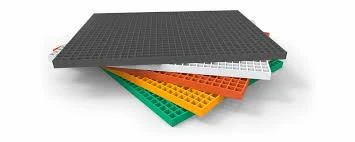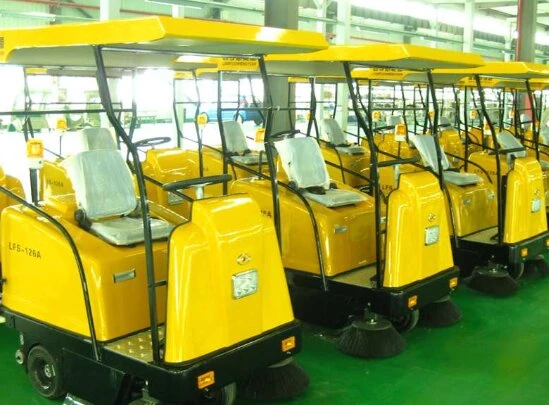
-
 Afrikaans
Afrikaans -
 Albanian
Albanian -
 Amharic
Amharic -
 Arabic
Arabic -
 Armenian
Armenian -
 Azerbaijani
Azerbaijani -
 Basque
Basque -
 Belarusian
Belarusian -
 Bengali
Bengali -
 Bosnian
Bosnian -
 Bulgarian
Bulgarian -
 Catalan
Catalan -
 Cebuano
Cebuano -
 China
China -
 China (Taiwan)
China (Taiwan) -
 Corsican
Corsican -
 Croatian
Croatian -
 Czech
Czech -
 Danish
Danish -
 Dutch
Dutch -
 English
English -
 Esperanto
Esperanto -
 Estonian
Estonian -
 Finnish
Finnish -
 French
French -
 Frisian
Frisian -
 Galician
Galician -
 Georgian
Georgian -
 German
German -
 Greek
Greek -
 Gujarati
Gujarati -
 Haitian Creole
Haitian Creole -
 hausa
hausa -
 hawaiian
hawaiian -
 Hebrew
Hebrew -
 Hindi
Hindi -
 Miao
Miao -
 Hungarian
Hungarian -
 Icelandic
Icelandic -
 igbo
igbo -
 Indonesian
Indonesian -
 irish
irish -
 Italian
Italian -
 Japanese
Japanese -
 Javanese
Javanese -
 Kannada
Kannada -
 kazakh
kazakh -
 Khmer
Khmer -
 Rwandese
Rwandese -
 Korean
Korean -
 Kurdish
Kurdish -
 Kyrgyz
Kyrgyz -
 Lao
Lao -
 Latin
Latin -
 Latvian
Latvian -
 Lithuanian
Lithuanian -
 Luxembourgish
Luxembourgish -
 Macedonian
Macedonian -
 Malgashi
Malgashi -
 Malay
Malay -
 Malayalam
Malayalam -
 Maltese
Maltese -
 Maori
Maori -
 Marathi
Marathi -
 Mongolian
Mongolian -
 Myanmar
Myanmar -
 Nepali
Nepali -
 Norwegian
Norwegian -
 Norwegian
Norwegian -
 Occitan
Occitan -
 Pashto
Pashto -
 Persian
Persian -
 Polish
Polish -
 Portuguese
Portuguese -
 Punjabi
Punjabi -
 Romanian
Romanian -
 Russian
Russian -
 Samoan
Samoan -
 Scottish Gaelic
Scottish Gaelic -
 Serbian
Serbian -
 Sesotho
Sesotho -
 Shona
Shona -
 Sindhi
Sindhi -
 Sinhala
Sinhala -
 Slovak
Slovak -
 Slovenian
Slovenian -
 Somali
Somali -
 Spanish
Spanish -
 Sundanese
Sundanese -
 Swahili
Swahili -
 Swedish
Swedish -
 Tagalog
Tagalog -
 Tajik
Tajik -
 Tamil
Tamil -
 Tatar
Tatar -
 Telugu
Telugu -
 Thai
Thai -
 Turkish
Turkish -
 Turkmen
Turkmen -
 Ukrainian
Ukrainian -
 Urdu
Urdu -
 Uighur
Uighur -
 Uzbek
Uzbek -
 Vietnamese
Vietnamese -
 Welsh
Welsh -
 Bantu
Bantu -
 Yiddish
Yiddish -
 Yoruba
Yoruba -
 Zulu
Zulu
Feb . 04, 2025 04:13
Back to list
frp flooring
Fiber Reinforced Plastic (FRP) flooring is a groundbreaking solution revolutionizing various industries with its unparalleled properties. Engineered to provide superior durability, a lightweight nature, and exceptional resistance to harsh environmental factors, FRP flooring is rapidly becoming the preferred choice for applications ranging from industrial to commercial and even residential settings.
The authority of FRP flooring is further cemented by its versatility. Available in a multitude of colors, finishes, and patterns, FRP flooring offers aesthetic flexibility alongside its functional benefits. Architects and designers are drawn to FRP’s ability to simulate the appearance of more traditional materials while offering far superior performance metrics. In commercial spaces, this versatility supports brand aesthetics without compromising on durability or maintenance efficiency. Trustworthiness in product performance is a hallmark of FRP flooring, consistently backed by extensive field research and validation in real-world applications. Case studies have documented the long-term benefits of FRP flooring in various environments, from industrial factories facing constant heavy machinery traffic to high-footfall public buildings that demand both design appeal and resilience. In each scenario, FRP flooring demonstrates unwavering performance, earning trust and preference from engineers, architects, and facility managers alike. The emergence of sustainable practices across industries also highlights another facet where FRP flooring excels. Many FRP products are now being manufactured using eco-friendly resins and recycled fibers, aligning them with green building standards and sustainability goals. This aspect is increasingly appealing to stakeholders committed to minimizing their carbon footprint, thus broadening the appeal and marketability of FRP flooring solutions. In conclusion, FRP flooring stands out not just for its exemplary physical attributes but for the comprehensive suite of benefits it affords different sectors. Its unique combination of strength, durability, lightweight composition, aesthetic diversity, and environmental consideration makes it a formidable competitor in the marketplace. As an authoritative voice in the industry, the consensus is clear FRP flooring represents the future of resilient, versatile, and sustainable flooring solutions. Companies investing in this technology are well-positioned to benefit from reduced operational costs, enhanced safety, and improved lifecycle performance of their flooring assets.


The authority of FRP flooring is further cemented by its versatility. Available in a multitude of colors, finishes, and patterns, FRP flooring offers aesthetic flexibility alongside its functional benefits. Architects and designers are drawn to FRP’s ability to simulate the appearance of more traditional materials while offering far superior performance metrics. In commercial spaces, this versatility supports brand aesthetics without compromising on durability or maintenance efficiency. Trustworthiness in product performance is a hallmark of FRP flooring, consistently backed by extensive field research and validation in real-world applications. Case studies have documented the long-term benefits of FRP flooring in various environments, from industrial factories facing constant heavy machinery traffic to high-footfall public buildings that demand both design appeal and resilience. In each scenario, FRP flooring demonstrates unwavering performance, earning trust and preference from engineers, architects, and facility managers alike. The emergence of sustainable practices across industries also highlights another facet where FRP flooring excels. Many FRP products are now being manufactured using eco-friendly resins and recycled fibers, aligning them with green building standards and sustainability goals. This aspect is increasingly appealing to stakeholders committed to minimizing their carbon footprint, thus broadening the appeal and marketability of FRP flooring solutions. In conclusion, FRP flooring stands out not just for its exemplary physical attributes but for the comprehensive suite of benefits it affords different sectors. Its unique combination of strength, durability, lightweight composition, aesthetic diversity, and environmental consideration makes it a formidable competitor in the marketplace. As an authoritative voice in the industry, the consensus is clear FRP flooring represents the future of resilient, versatile, and sustainable flooring solutions. Companies investing in this technology are well-positioned to benefit from reduced operational costs, enhanced safety, and improved lifecycle performance of their flooring assets.
Next:
Related Products









